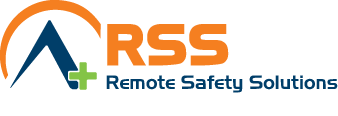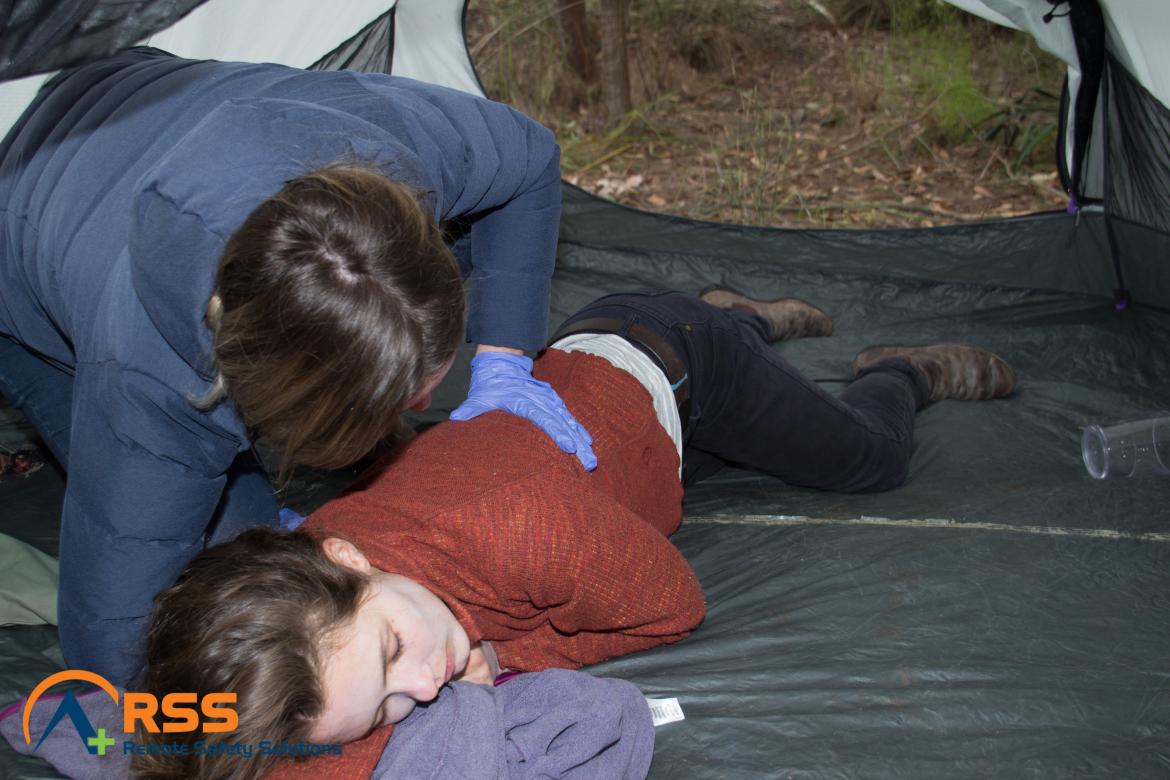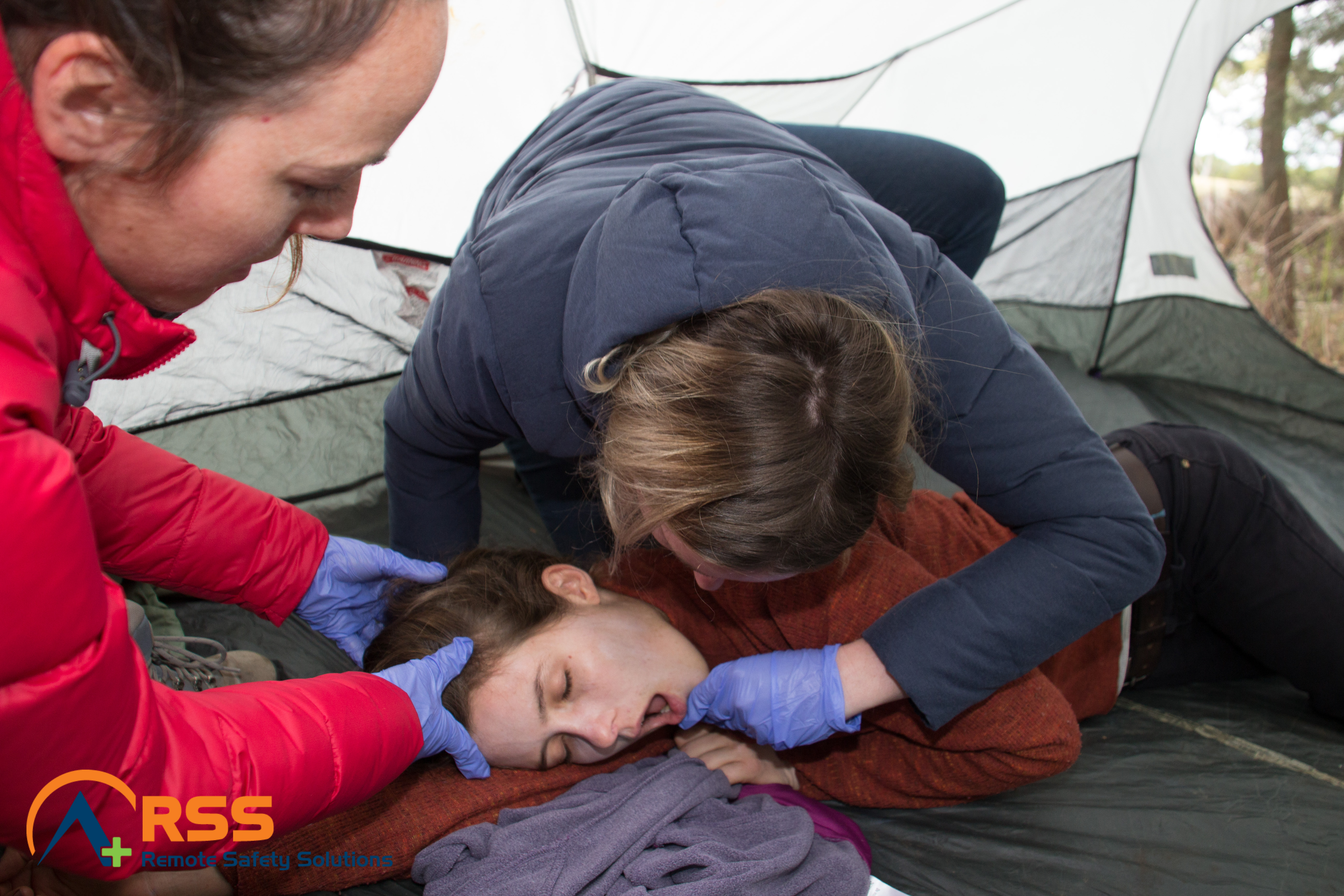Event Phone: 0431248389
- HLTAID003 JUN - Online with Face to Face Assessment
25 June, 2020
3:00 pm - 7:30 pm - HLTAID003 JUL - Online with Face to Face Assessment
23 July, 2020
3:00 pm - 7:30 pm - HLTAID003 AUG - Online with Face to Face Assessment
27 August, 2020
3:00 pm - 7:30 pm
Your Trainer For This Program
-
Keith McReynolds

Keith is the founding Director of Remote Safety Solutions and has a diverse background, with an adventure background derived from working as a guide in Australia and overseas he has dealt with a range of remote incidents within his own adventures. Keith's emergency management and first aid skills are derived from working as Ski Patroller and Rescue Air Crewman for a number of rescue and emergency services. When Keiths not in the office he's on the road traveling with his team to some of Australias most remote and isolated communities delivering a range of courses to better prepare people for any unforeseen incidents they may encounter.
HLTAID003 Provide First Aid – Online Learning *90min Face to Face Assessment*
Remote Safety Solutions is an industry leader in scenario-based learning, our courses are designed to provide the learner with the required skills, knowledge and visual readiness to respond to a range of emergencies that may occur in the learner’s personal life and or on the job. Our aim is to ensure that our learners who complete our courses don’t just walk away with a certificate but a sound skill set that will enable them to identify when a person is injured and or unwell, identify the possible injury and or illness, treat the injury and or illness, communicate the issue, monitor for change and prepare the injured or sick for responding personnel.
Our training team comprises of a range of highly skilled and experienced professionals. RSS personnel are experts in their industry sectors and are highly proficient in their skill sets. RSS response personnel all have diverse operational backgrounds, including:
- Emergency Medicine and Intensive Care
- Ambulance Paramedic (SAR)
- Fire and Rescue Technicians
- Ski Patrol and Mountain Rescue
- Outdoor Recreation & Adventure Management
- Aviation Rescue
- Law Enforcement
Our training also highlights the importance of planning and preparing for emergencies whether in remote locations or an office in a major metropolitan city, as well as providing the skills required to respond, communicate and manage remote area emergencies.
All RSS courses can be conducted at your worksite for group bookings. These courses are contextualised for your staff or for those seeking an independent booking please book into our OPEN COURSES.
Award issued
- HLTAID003 Provide first aid
- HLTAID002 Provide basic emergency life support
- HLTAID001 Provide cardiopulmonary resuscitation
It is recommended this unit be renewed every 36 months in line with industry standards. Locate the most current training package at training.gov.au
Are there physical requirements for this course?
It is important to note that there are physical standards which relate to the level of performance required when undertaking accredited training. The HLTAID competency standards require a level of physical ability to provide first aid and respond to an emergency situation where there may be risk to life. One requirement of the training package is that you are to be assessed as physically capable of performing uninterrupted CPR for at least 2 minutes on an adult resuscitation manikin placed on the floor. There can be no exceptions to these Australian Government requirements that are clearly written into the Training Package. Therefore, students who are unable to satisfy the physical requirements of the course cannot be deemed competent or issued with a statement of attainment, even if the qualification is a necessary part of their employment conditions.
Resources that will be available for this course
- Adult/Infant resuscitation manikins in line with ARC guidelines for the purpose of assessment of CPR procedures
- Adrenaline auto-injector training device
- AED training device
- Placebo bronchodilator and spacer device
- Workplace first aid kit
- Workplace injury, trauma and/or illness record; or other appropriate workplace incident report form for written reports
Pre-course study
There is pre-course study for the course, it is found in the student portal. Students must have access to a computer, phone, tablet etc. with access to the internet to complete the pre-course study online.
Assessment
Online with Face to Face Assessment at our Brookvale HQ. The face to face assessment will take 90min to complete. This is an assessment ONLY PROCESS Learners MUST be prepared and ready for the assessment. The following timeslots are available for 90min face to face assessment:
25th of June 2020 (Timeslot A – 3:00pm – 4:30pm), (Timeslot B – 4:30pm – 6:00pm), (Timeslot C – 6:00pm – 7:0pm)
23rd of July 2020 (Timeslot A – 3:00pm – 4:30pm), (Timeslot B – 4:30pm – 6:00pm), (Timeslot C – 6:00pm – 7:0pm)
27th of August 2020 (Timeslot A – 3:00pm – 4:30pm), (Timeslot B – 4:30pm – 6:00pm), (Timeslot C – 6:00pm – 7:0pm)
What does competency-based training actually mean?
A competency-based training environment is centred on demonstrated competence against industry-defined standards of performance. Competency-based training is the concept that individuals learn at different rates as well as through different modes and different environments and that the skills and knowledge that a student has acquired previously are able to be formally recognised.
It’s important to note that there is a physical requirement to complete 2 minutes of CPR on the floor with a resuscitation manikin.
Amount of training and the AQF volume of learning
The AQF Volume of Learning describes how long a student, who does not hold any competencies identified in the qualification, would normally take to develop all of the required skills and knowledge at that qualification level.
The amount of training comprises the formal learning activities that are provided to a student to enable them to meet the requirements of each training product and gain the skills and knowledge specified in the relevant training product.

Exceptions for duration of the course
Recognition or any prior learning or previous courses
Unique Student Identifier (USI)
If you are under 18 years of age
ASSESSMENT – THEORY – Multi choice question paper
You will be assessed on:
State/Territory regulations, first aid codes of practice and workplace procedures:
- ARC Guidelines relevant to the provision of CPR
- Safe work practices to minimise risks and potential hazards
- Infection control principles and procedures, including use of standard precautions
- Requirements for currency of skill and knowledge
- Awareness of potential need for stress-management techniques and available support following an emergency situation
- Duty of care requirements
- Respectful behaviour towards a casualty
- Own skills and limitations
- Privacy and confidentiality requirements
- Importance of debriefing
- Airway obstruction due to body position
- Appropriate duration and cessation of CPR
- Appropriate use of an AED
- Chain of survival
- Standard precautions
- How to conduct a visual and verbal assessment of the casualty
- Abdominal injuries
- Allergic reaction
- Anaphylaxis
- Basic care of the wound
- Bleeding control
- Burns
- Cardiac conditions, including chest pain
- Chocking and airway obstruction
- Crush injuries
- Diabetes
- Dislocations
- Drowning
- Envenomation
- Environment impact, including hypothermia, hyperthermia, dehydrations and heat stroke
- Eye and ear injuries
- Fractures
- Febrile convulsions
- Head, neck and spinal injuries
- Minor skin injuries
- Needle stick injuries
- Poisoning and toxic substances
- Respiratory distress, including asthma
- Seizures, including epilepsy
- Shock
- Soft tissue injuries, including strains and sprains
- Stroke
- Unconsciousness
- How to recognise a person is not breathing
- Chest
- Response/consciousness
- Upper airway and effect of positional change
- Considerations in the provision of first aid for specified conditions
ASSESSMENT PRACTICAL – Practical tasks and scenario demonstrations
The simulated assessment environments will reflect the real-life working environment where these skills and knowledge would be performed, with all the relevant equipment and resources of that working environment. Skills must be demonstrated by the student working individually in an environment that provides realistic in-depth, industry-validated scenarios and simulations to assess students’ skills and knowledge.
It’s important that students have knowledge of the content of this course. The assessable practical skills are listed below.
You will be assessed on performing first aid scenario and task demonstrations for:
1. Infant CPR
2. Adult CPR & defibrillation
3. Anaphylaxis & autoinjector
4. Asthma & medication
5. Choking
6. Turn a casualty on his/her side
7. Bleeding control & shock
8. PIT for a snake/spider bite
9. Rice for sprain
Student written agreement
Course requirements
FURTHER INFORMATION
For more information about our Remote Area First Aid course please feel free to give us a call on 0431 248 389 or email [email protected]
Remote Safety Solutions delivers nationally recognised training in partnership with, and under the auspices of,Allens Training Pty Ltd RTO 90909
Venue: Northern Beaches Sydney, Brookvale, NSW
Venue Phone: 02 8957 5428
Venue Website: www.remotesafety.com.au
Address:
Description:
Remote Safety Solutions HQ
First Aid Training in Sydney, Northern Beaches N SW
Courses run from this venue,
- HLTAID003 provide first aid
- HLTAID002 provide basic emergency life support
- HLTAID001 CPR
- PUAWER008B Confine small workplace emergencies (Fire Extinguisher use)
- 10340NAT Course in Safe Handling of Sharps and Infectious Waste


